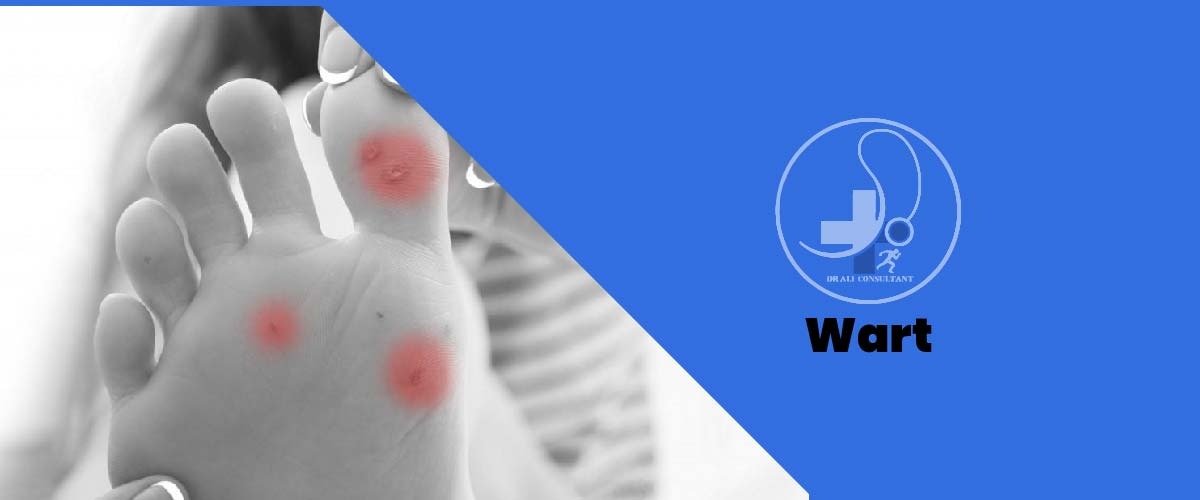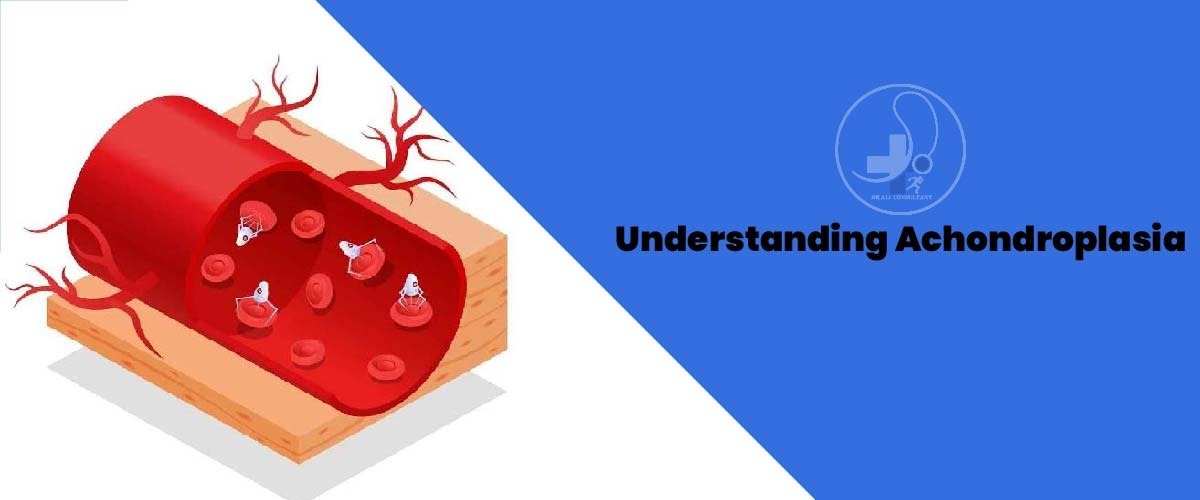Panic Attack Symptoms and Treatment
Panic disorder is like that pesky monster hiding in the closet, ready to jump out when you least expect it. But don’t worry; there’s no need to be scared! Let’s break down what panic disorder is, what causes it, how it’s diagnosed, and most importantly, how it can be treated. We’re here to make this topic as friendly and easy to understand as possible, so you can take control and beat the anxiety monster.

Panic Disorder
Panic disorder is an anxiety disorder, and its main feature is something called “panic attacks.” These attacks can be pretty intense and make you feel overwhelmed. Imagine suddenly feeling your heart race, sweating a lot, shaking like a leaf, and thinking you’re about to lose control or even die that’s what a panic attack can feel like. Sometimes, they can be as short as a few minutes, while others may last much longer.
Panic disorder doesn’t come alone; it often brings along some buddies like behavioral changes that stick around for at least a month and a constant worry about when the next panic attack might strike. We call these anticipatory attacks, and they can be pretty annoying.
But here’s the kicker: panic attacks are sneaky and unpredictable. You can’t always see them coming, which can leave you feeling stressed, anxious, or worried about when the next one will hit. Even though panic disorder and agoraphobia (the fear of public places) aren’t the same, they often hang out together. Many folks with panic disorder also experience agoraphobia, making it challenging to go out and enjoy life.
What Causes Panic Disorder?
The root causes of panic disorder aren’t always clearcut, but there are some factors that can make you more likely to face this anxiety monster.
Inheritance:
It seems that panic disorder likes to run in families, suggesting that genetics play a big role in deciding who gets it. So, if someone in your family has faced this anxiety monster, you might be more likely to meet it too.
Stress and Life Events:
Stressful situations, major life changes, and environmental factors can also contribute. Sometimes, it’s like the anxiety monster is just waiting for the perfect moment to pounce.
Thinking Patterns:
If you tend to blow things out of proportion and think that normal bodily reactions are more significant than they are, the anxiety monster might find you more appealing.
Physical Health:
Sometimes, panic attacks can be triggered by physical illnesses, major stress, or certain medications. It’s like the anxiety monster gets a helping hand from your body’s reactions.
Other Disorders:
Panic disorder often likes to hang out with other disorders, like bipolar disorder or alcoholism. It’s like a big, anxiety filled party of disorders!
Hypoglycemia, Hyperthyroidism, and More:
Conditions like low blood sugar, an overactive thyroid, or even respiratory issues can invite the anxiety monster to join the party.
Substance Abuse:
: The anxiety monster can also be triggered by substance abuse. Many folks who misuse alcohol or drugs report that their substance use began before the panic attacks started.
Smoking:
Smoking cigarettes can increase your risk of developing panic disorder, especially if you started smoking when you were young. The anxiety monster seems to love the nicotine rush.
Caffeine:
Your friendly cup of coffee might not be so friendly if you have panic disorder. Caffeine can make the anxiety monster more active, especially by speeding up your heart rate.
Alcohol and Sedatives:
Around 30% of people with panic disorder turn to alcohol, and 17% use other drugs to cope. However, this often makes the symptoms worse. Stimulants like caffeine, nicotine, or cocaine can also crank up the anxiety monster.
Dental and Spinal Block Anesthetics:
Even a trip to the dentist’s office can be an opportunity for the anxiety monster to strike if certain anesthetics are used.
Diagnosis: Unmasking the Anxiety Monster
To diagnose panic disorder, there are some criteria we follow. First, you need to experience unexpected panic attacks. These attacks usually come out of nowhere and make you feel like the anxiety monster is lurking. If you have one of these attacks and then start behaving differently for at least a month like avoiding places or constantly worrying about more attacks that’s another sign the anxiety monster might be present.
Sometimes, panic attacks can be caused by drugs or medical conditions, or they might be related to other mental health issues. To confirm that you’re dealing with the anxiety monster, your doctor will rule out these other possibilities.

Taming the Anxiety Monster: Treatment
Good news! The anxiety monster can be tamed, and there are different ways to do it. Let’s explore some of the friendly tools you can use.
- Cognitive Behavioral Therapy (CBT): This is like your trusty sword to slay the anxiety monster. With CBT, you learn to reorganize your thoughts and tackle the fears that provoke panic. Studies show that up to 90% of people with panic disorder who receive CBT see a significant improvement in just 12 weeks. It’s like a magic spell against the anxiety monster!
- Medication: Sometimes, a little extra help is needed. Antidepressants like SSRIs are often prescribed to help manage panic disorder. They work by tweaking your brain’s chemistry to keep the anxiety monster at bay. But remember, medication alone might not be the best solution for everyone.
- Support: Your friends and family can be your allies in the battle against the anxiety monster. Having a support system who understands what you’re going through can make a world of difference
- Self Help: For those who prefer a DIY approach, there are selfhelp books and websites based on CBT principles. These resources can teach you techniques to tackle the anxiety monster on your own.
- Psychotherapy: : Sometimes, combining psychotherapy with medication can be a powerful weapon against the anxiety monster. Working with a therapist can help you understand the root causes and develop strategies to keep the anxiety monster at bay.
- Facing Your Fears: : In some cases, exposing yourself to the situations that trigger panic attacks (with the help of a therapist, of course) can help you build resilience and show the anxiety monster who’s boss.
- Childhood Anxiety: Even kids can face the anxiety monster, and they might not always be able to express what’s happening. Parents play a crucial role in helping children understand and overcome their fears. Together, they can learn how to stand up to the anxiety monster.
The Global Perspective on Panic Disorder
Panic disorder is a worldwide issue, and it doesn’t discriminate based on geography. Its prevalence is pretty similar across the globe. People from all walks of life can meet the anxiety monster, but remember, you’re not alone, and help is available.
Spotting the Anxiety Monster: Signs and Symptoms
So, how can you tell if you’re facing the anxiety monster? Look out for these signs and symptoms:
- Racing Heart: Your heart suddenly decides to join a sprint without warning.
- Sweating Profusely: It’s like your body has its own rainstorm.
- Shaky Limbs: You might feel like a leaf blowing in the wind.
- Shortness of Breath: Breathing becomes a challenge, like trying to blow up a balloon with a tiny hole.
Feeling of Losing
Control: It’s like the anxiety monster is hijacking your brain.
- Dizziness or Lightheadedness: You might feel like you’re on a roller coaster with no seatbelt.
- Tingling Sensations: Like little ants crawling under your skin.
- Fear of Dying: The anxiety monster can make you think you’re on the brink of death.
- Fear of Going Crazy: You might worry that the anxiety monster is making you lose your mind.
- Fear of Embarrassment: Feeling like everyone’s watching when you’d rather be invisible.
Wrapping Up: You've Got This! : Conclusion
Panic disorder might make you feel like you’re facing a relentless anxiety monster, but remember, you’re not alone. There are tools, treatments, and support systems to help you take control and live a life where panic attacks don’t call the shots. Whether it’s through therapy, medication, or selfhelp strategies, you have the power to tame the anxiety monster and build a brighter future. So, take a deep breath, stand tall, and get ready to show that anxiety monster who’s boss!


